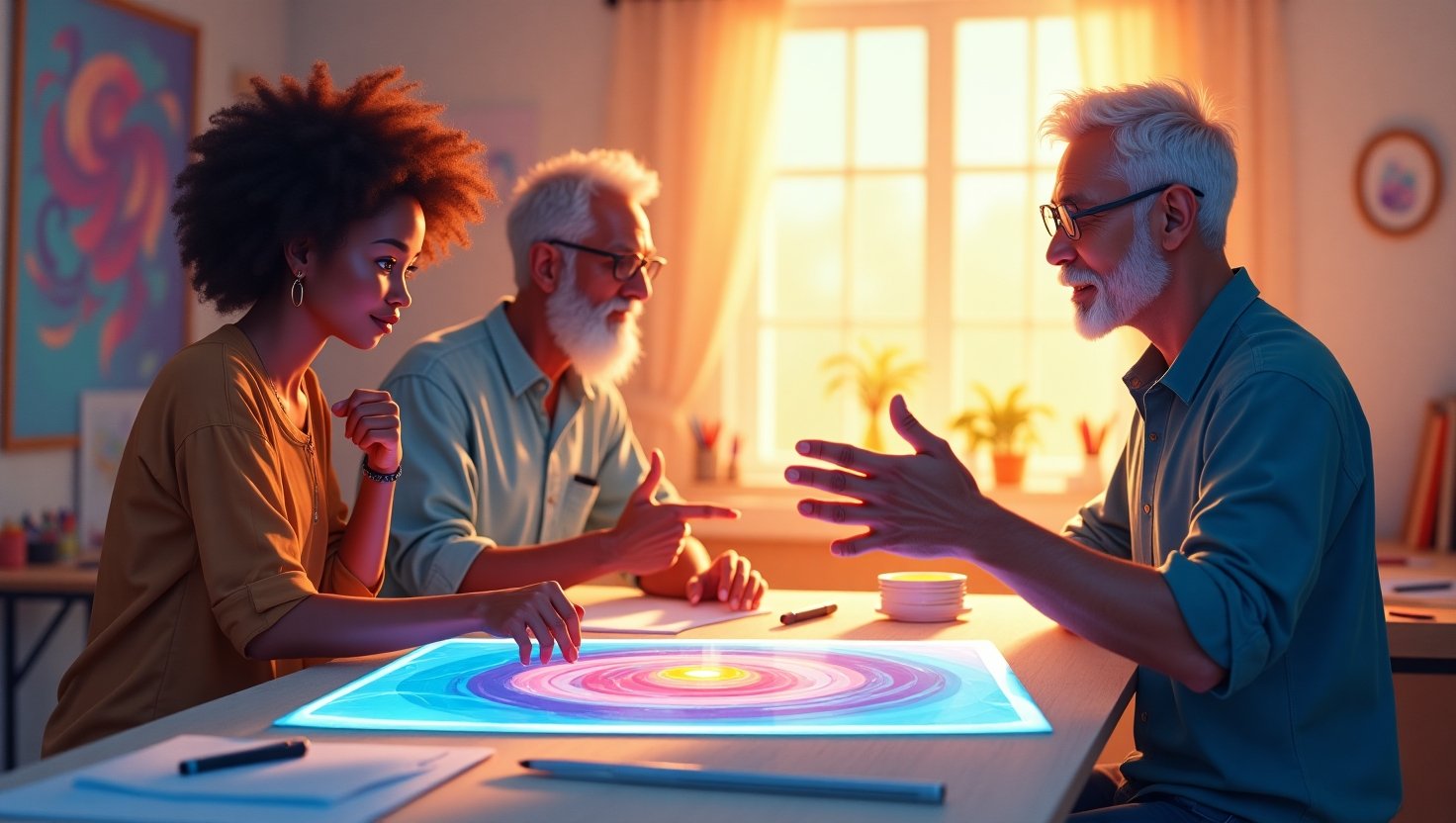ArtifactsBench: Redefining the Benchmarking of AI Creativity
Introduction
In the rapidly evolving landscape of artificial intelligence, the emergence of creative AI signifies a pivotal shift towards machines that not only operate within logical frameworks but also engage in generating novel and astoundingly creative outputs. Central to this evolution is ArtifactsBench, a groundbreaking benchmark introduced by Tencent that promises to refine how we assess AI creativity. Unlike traditional benchmarks that prioritize functional correctness, ArtifactsBench emphasizes user experience and visual fidelity, setting new standards in evaluating AI-generated outputs (Tencent introduction of ArtifactsBench, Artificial Intelligence News).
As a leader in Tencent innovation, Tencent has consistently been at the forefront of advancing AI technologies. This benchmark aligns perfectly with their mission, presenting a sophisticated tool to better measure and enhance the capabilities of AI models across various creative contexts.
Background
The domain of AI benchmarking has seen significant evolution over the years. Traditionally, benchmarks were designed to evaluate AI systems based on functional performance metrics such as speed and accuracy. However, these methods often fall short when applied to AI creativity, where qualitative assessment is paramount. The limitations of these traditional approaches become evident in contexts requiring an appreciation of aesthetics, emotional resonance, and innovative potential.
The introduction of ArtifactsBench addresses these challenges head-on. It incorporates an automated process evaluating AI-generated content through over 1,800 creative tasks, offering a nuanced analysis of user experience and visual fidelity. This shift towards qualitative metrics mirrors the growing demand for AI systems that can understand and replicate human-like creativity in their outputs.
Trend
The significance of creative AI is expanding across domains such as art, music, and content generation. As industries increasingly integrate AI models into creative processes, there is a pressing need for robust benchmarks like ArtifactsBench to guide developers and businesses in model selection. A relevant statistic from the ArtifactsBench highlights its effectiveness: its results show a 94.4% consistency with human judgments, underscoring its reliability in evaluating AI creativity (Tencent, Artificial Intelligence News).
Such benchmarks not only aid in assessing the creative potential of AI systems but also inspire confidence among stakeholders looking to leverage AI for artistic and creative endeavors. They act as critical navigational tools in the burgeoning field of AI creativity, ensuring that technological tools align with human creative standards.
Insight
Comparing the performance of AI models through ArtifactsBench provides valuable insights into the competitive landscape. For instance, Tencent’s benchmark reveals how models from leading AI companies such as Google and Anthropic perform in creative tasks. These comparisons indicate that generalist AI models might have the potential to outperform specialized counterparts in creative domains, a perspective that challenges prevailing assumptions in the AI community.
ArtifactsBench also suggests profound implications for industries. As AI continues to demonstrate capabilities in creative domains, industries are poised to undergo transformation. This transformation will affect traditional roles and workflows, paving the way for new business models that integrate AI at their core. The findings from Tencent’s benchmark stress the broader context of AI development and its potential to reshape the future of technology and innovation.
Forecast
Looking ahead, the landscape of AI creativity and benchmarking is ripe for transformation. Tools like ArtifactsBench are expected to become pivotal in shaping the competitive dynamics among AI developers and businesses. Future advancements could include more sophisticated algorithms that better emulate human creativity, allowing AI to produce highly original art, music, and literature.
As benchmarking methodologies evolve, we can anticipate an increased focus on multi-dimensional assessments, considering cultural, stylistic, and emotional factors. These advancements will likely enhance the accuracy and relevance of AI-generated content evaluation, reinforcing the importance of tools like ArtifactsBench in driving AI innovation and adoption.
Call to Action (CTA)
As AI continues to push boundaries, comprehending the nuances of tools like ArtifactsBench becomes crucial for anyone involved in AI creativity. We encourage readers to delve into the resources available, including the original Tencent article on ArtifactsBench, to gain a deeper understanding of its applications and implications (Tencent article).
By exploring these resources, stakeholders can better position themselves in a future defined by AI-driven creativity. Whether you are a developer, business leader, or AI enthusiast, understanding and leveraging these insights will be pivotal as we navigate the possibilities AI presents in creative landscapes.

